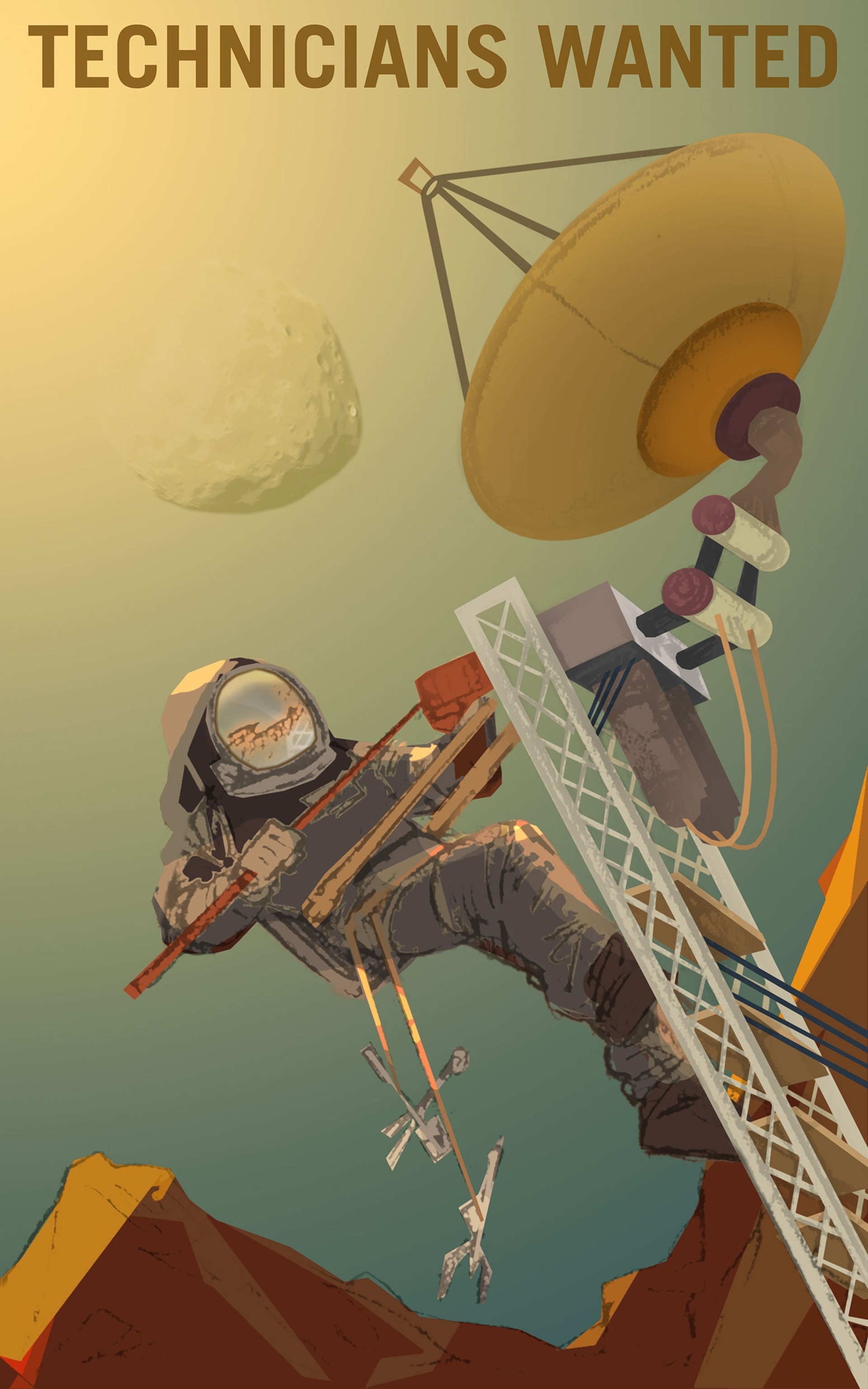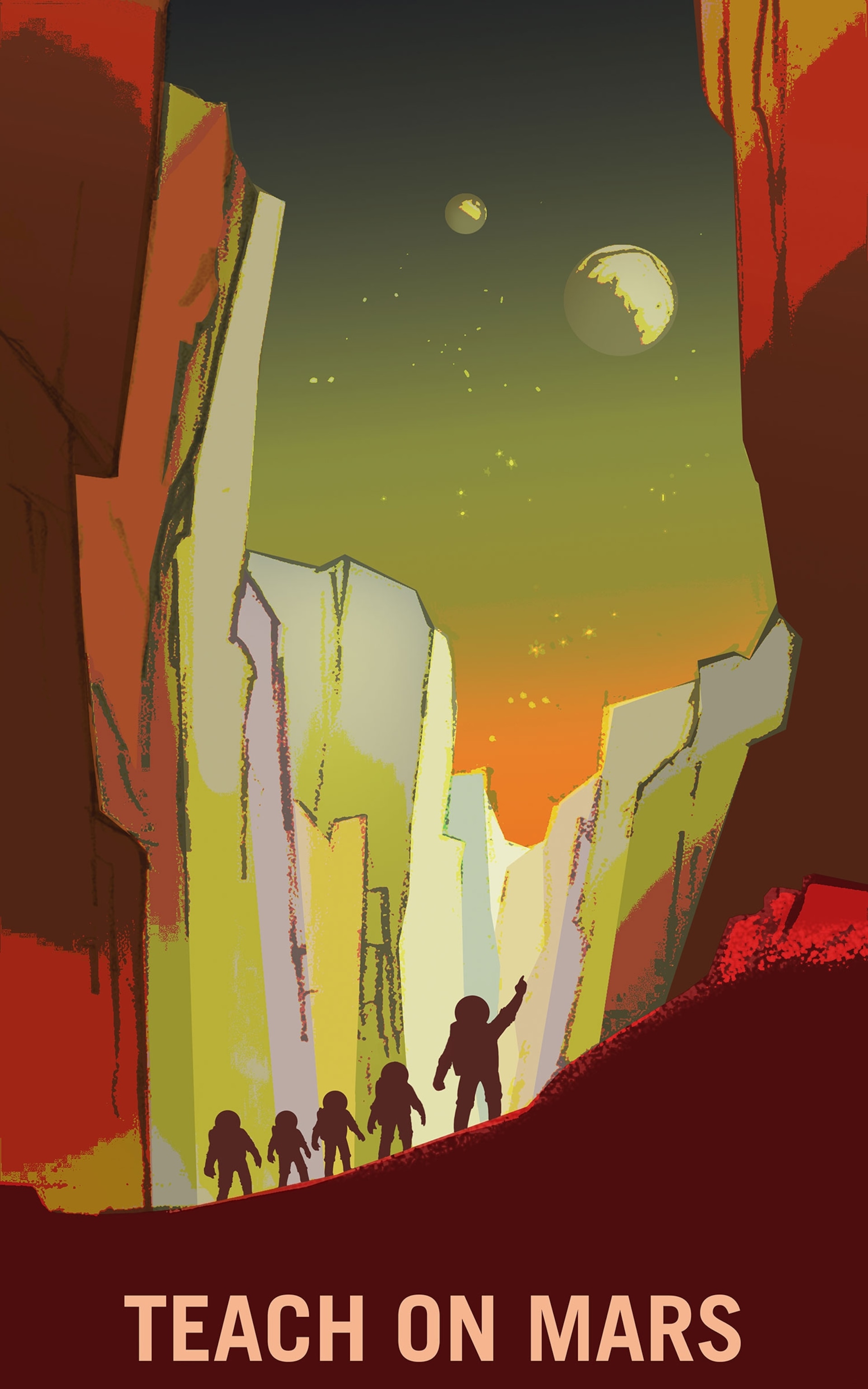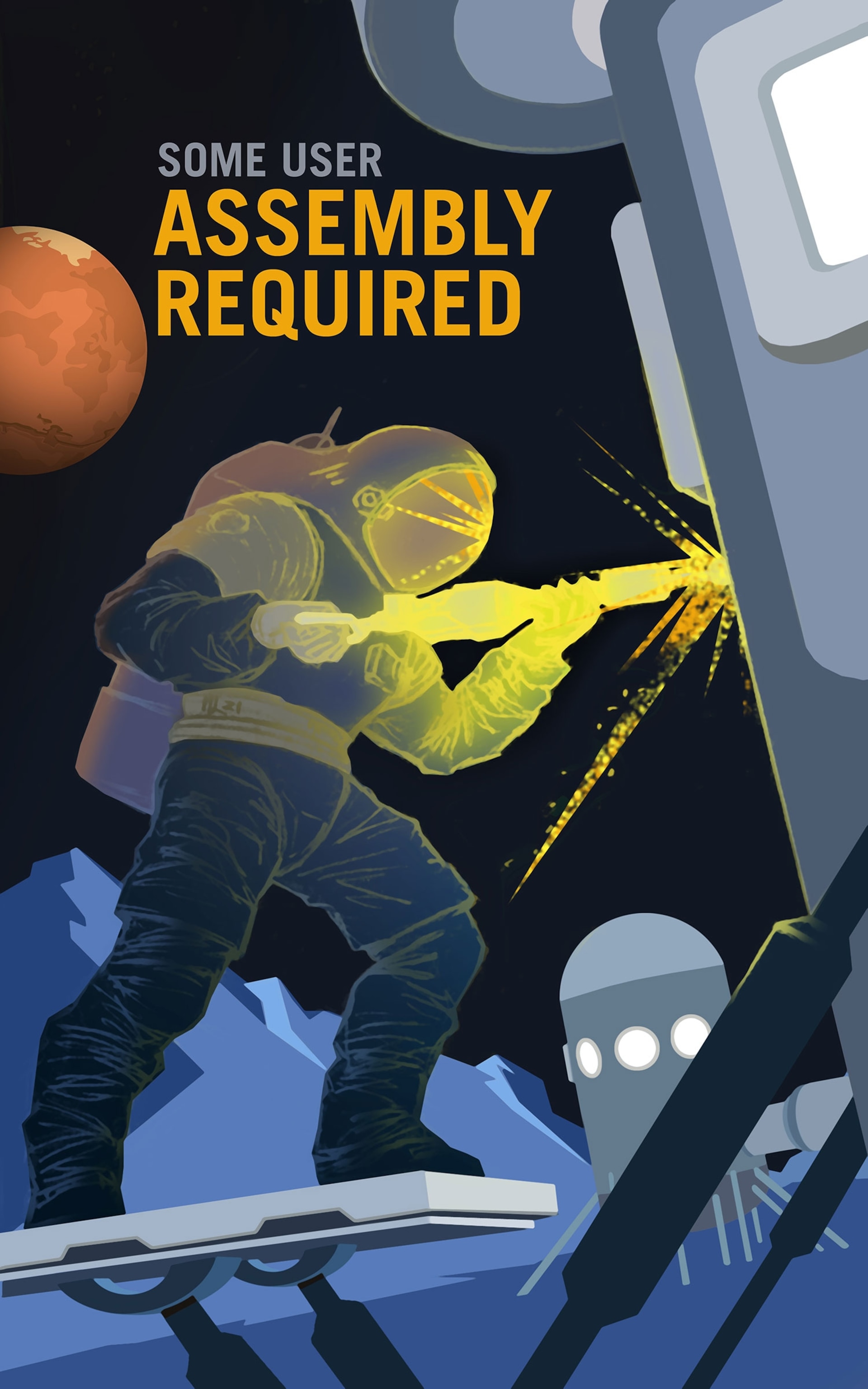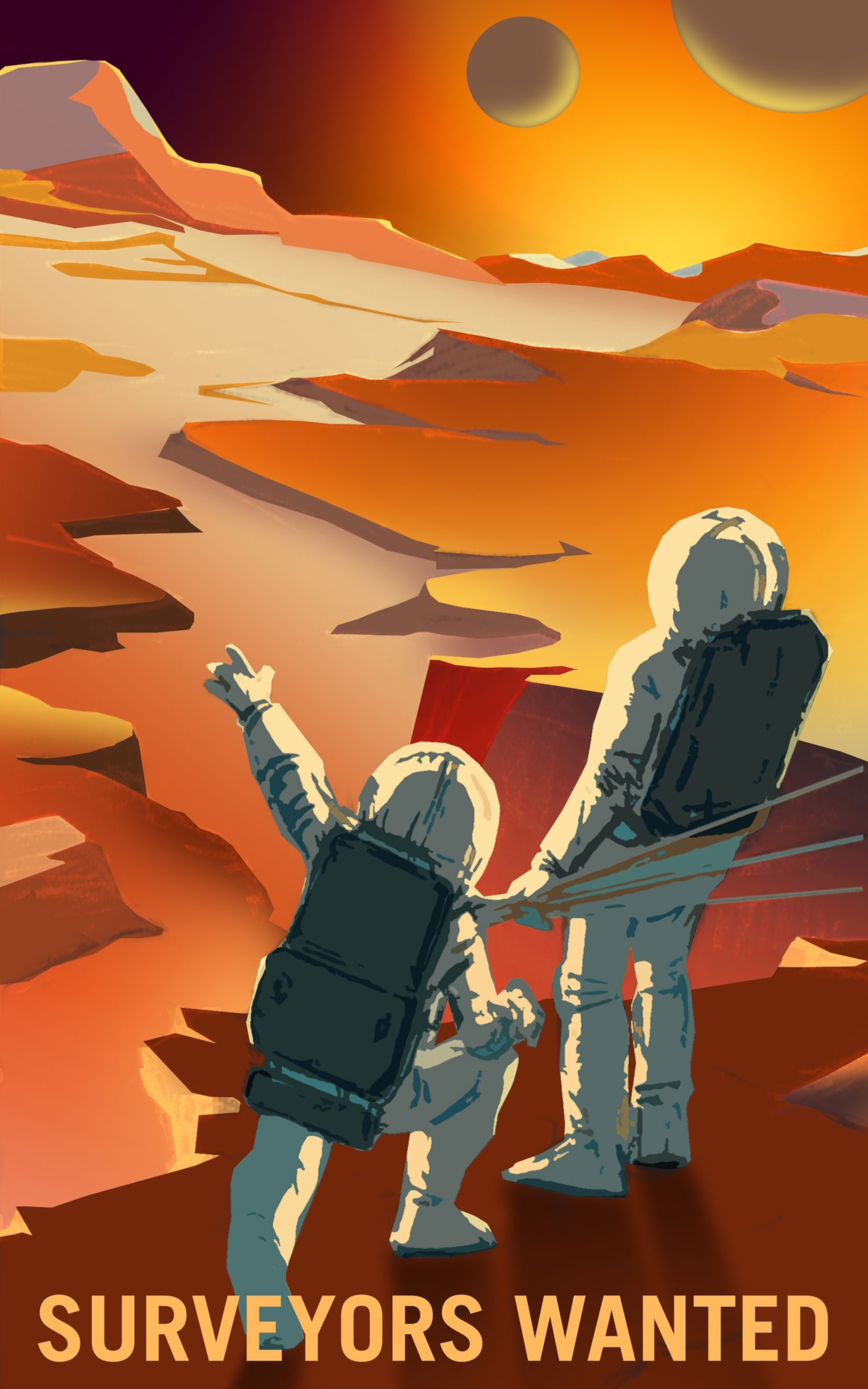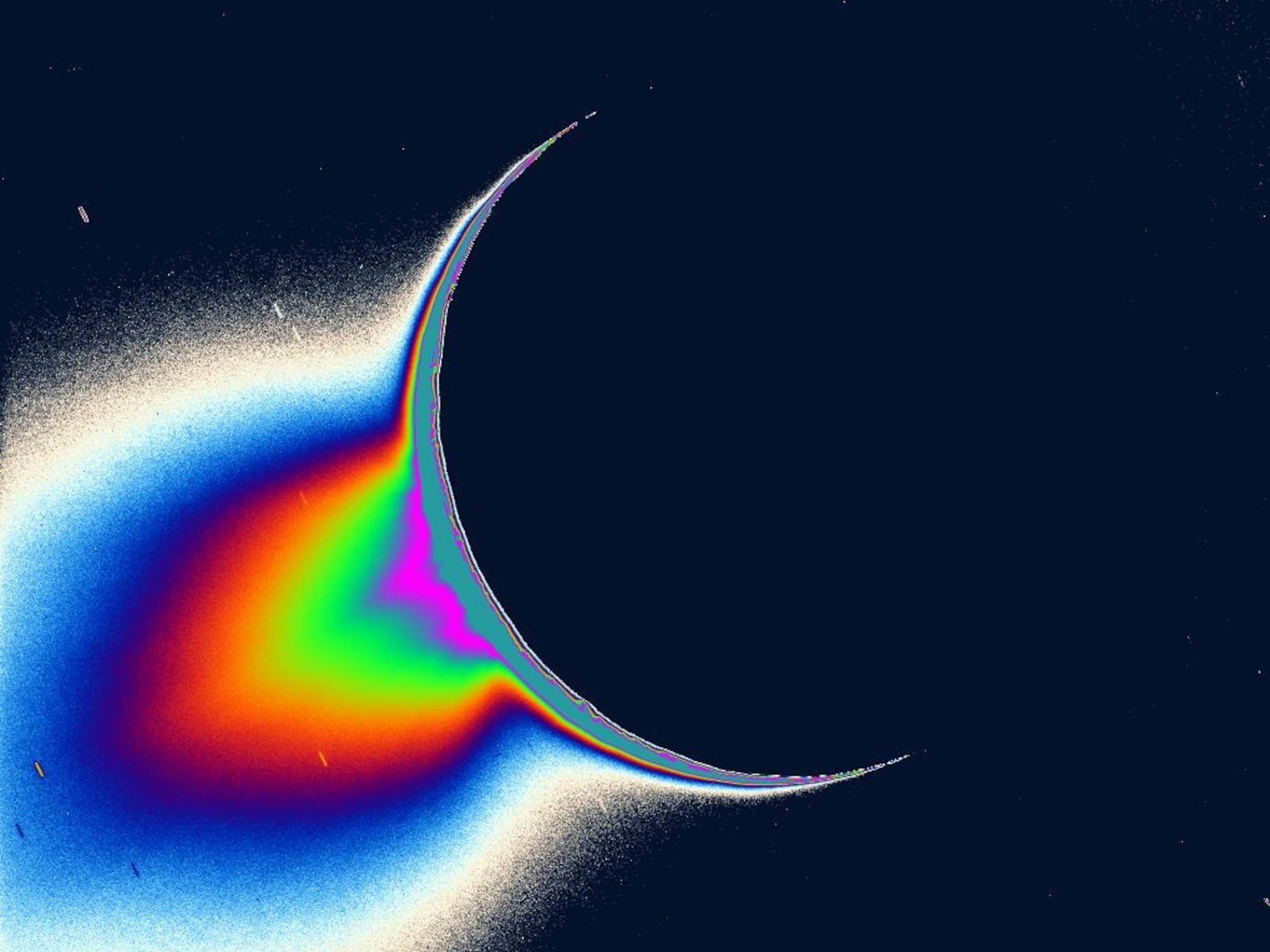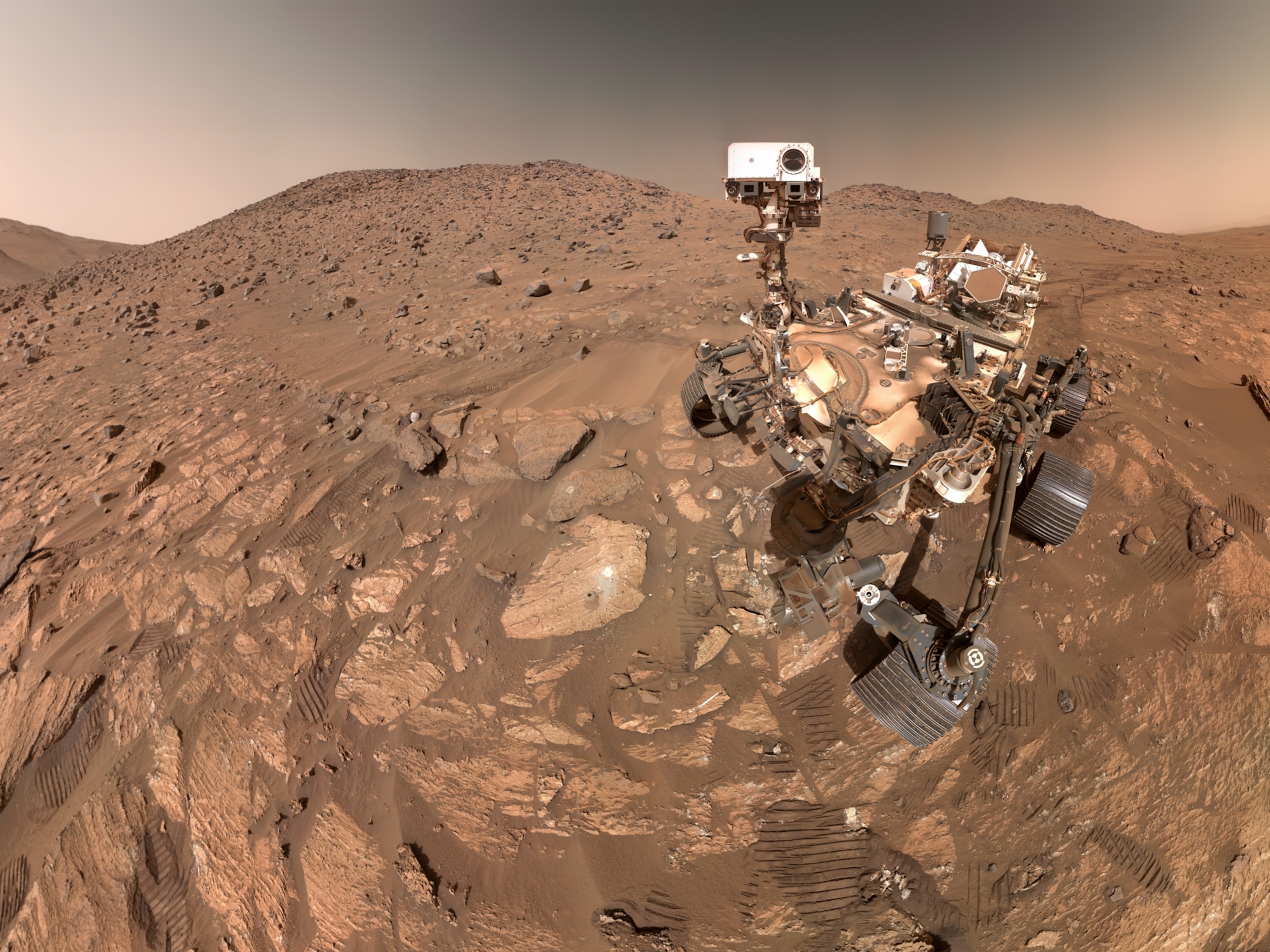Retro Posters Show NASA’s Vision for Our Future on Mars
The space agency’s beautiful art offers a romantic view of human space travel—but the journey will be far from easy.
NASA has taken a nostalgic approach to promoting its Journey to Mars initiative: stunning travel posters that highlight Mars and its moons in all their glory.
More Flash Gordon than Mark Watney, the retro-style posters—newly released online—have been more than seven years in the making. Created by design firm BRC Imagination Arts for the space agency, they have been a part of the “Explorers Wanted” exhibit at NASA’s Kennedy Space Center Visitor Complex since 2009.
“We wanted to design an exhibit that would speak to the future of space exploration, and inspire young people to become interested—and perhaps become our future workforce [of] scientists, engineers, and astronauts,” says Andrea Farmer, the public relations manager for the complex.
As inspiring as a human trip to Mars would be, however, it would hardly be the effortless, romantic trip the posters invoke.
“It’s a choice, not an imperative,” John Logsdon, an emeritus professor at George Washington University’s Space Policy Institute, said in a previous interview. “Mars is far away, it’s hard to get there, and it costs a lot of money.”
Exploring Mars would be like traveling nine months one-way to visit a landscape even more inhospitable than Antarctica. Mars’s bone-dry atmosphere, more than 50 times thinner than the air at Everest’s summit, is not breathable. Temperatures swing from -225 to 70 degrees Fahrenheit (-153 to 20 degrees Celsius), and gentle winds swirl over soils filled with toxic perchlorates.
Then, assuming anyone survives this onslaught, how exactly would astronauts leave Mars to return to Earth?
There’s also the political question. Recent studies of bare-bones Mars missions have managed to keep costs contained to NASA’s current exploration budget—roughly eight billion dollars in 2016—if Congress committs to annual increases to adjust for inflation. But even the most aggressive plans yet announced put humans on Mars’s surface by the 2030s, requiring a long-term financial commitment and decades of political will.
Even these posters have been caught up in the shifting political winds. Originally, they were intended to highlight NASA’s Constellation program, a Bush administration plan to return to the moon, visit a near-Earth asteroid, and eventually put boots on Martian soil.
However, a blue-ribbon committee expressed concerns with the program in 2009, ultimately scuttling Constellation and forcing Kennedy Space Center to redesign its exhibit, which is now in line with NASA’s current Journey to Mars plans.
Despite the dangers and challenges, people around the world—and throughout NASA—continue to dream big, working toward a day where the posters' fantasies may well become realities.
After all, said Logsdon, “it’s what space people do.”
Follow Michael Greshko on Twitter.


